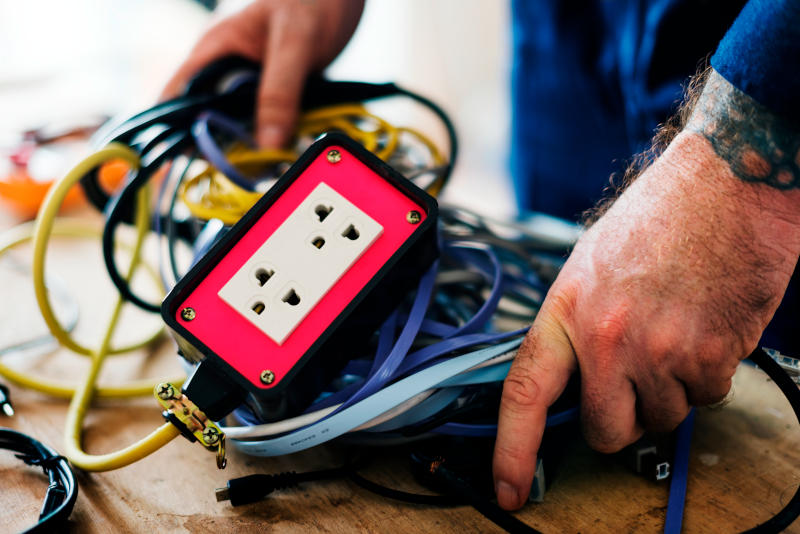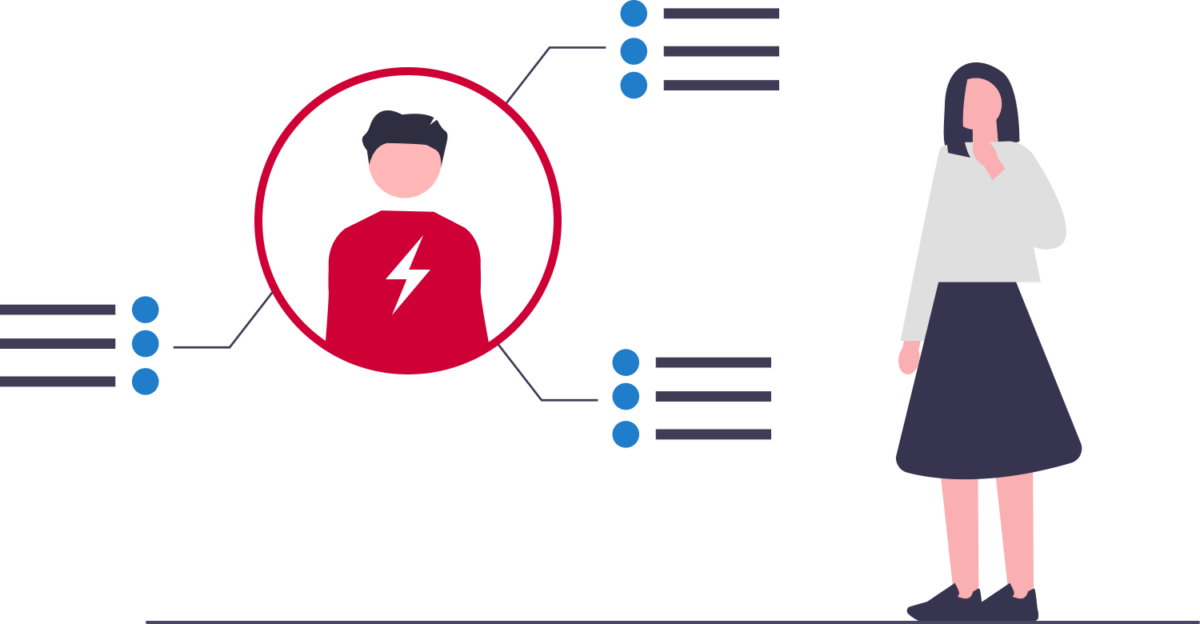Injuries from electric shock are common and can range from superficial to severe. In some cases, first aid for an electric shock may only require a bandage or a quick check-up; however, in other cases, the victim may need emergency care.
An electric shock happens when a person comes into contact, either directly or indirectly, with an electrical current. Often, injuries from an electric shock are mild, but it’s always best to see a doctor afterwards to ensure no hidden damage has occurred.
Read on to learn more about common causes of electric shocks, their effect on the body, and how to administer first aid for an electric shock.
What Is an Electric Shock?
Before we get into administering first aid for an electric shock, it may be helpful to understand shock as a general concept. When a person goes into shock, their circulatory system fails to circulate enough oxygenated blood throughout their body. This can happen in any first aid emergency, and it can progress quickly into a life-threatening situation.
There are several different types of shock:
- Psychosomatic shock. Caused by psychological factors like worry or concern.
- Hypovolemic shock. Caused by severe lack of blood or bodily fluids.
- Obstructive shock. Caused by an obstruction, such as a blood clot, that prevents the flow of blood.
- Distributive shock. Caused by inadequate distribution of blood, which prevents sufficient levels of blood from returning to the heart.
- Cardiogenic shock. Caused by heart injury, disease, or trauma, where the heart fails to supply enough blood to the vital organs.
An electric shock, however, refers to the event of coming into contact with an electrical current. Depending on the severity, this can cause mild discomfort, burns, disruption or damage to the respiratory system or heart, loss of consciousness, or, in extreme cases, death.
Electrical currents are measured in amperage (the amount of electricity in the current) and voltage (the force of the current). While voltage can impact the amount of damage caused by an electric shock, amperage and the route the current takes through the body are generally more significant factors.
What Does an Electric Shock Do to the Body?
Most people have experienced an extremely mild electric shock caused by static electricity. While startling, neither medical attention nor first aid for an electric shock of this type is generally needed. Other mild electric shocks can cause superficial burns and brief sensations of pain or discomfort.

However, certain types of electric shock can be very painful and dangerous. According to Medical News Today, moderate to severe effects can range from burns to loss of consciousness to respiratory or cardiac arrest. Higher-amp currents can cause a person’s muscles to contract, preventing them from letting go of the electrical source.
In milder cases, the electrical current may only make brief contact with the person’s skin. But often, the current passes through the body. Even if the effects of the shock appear mild, or you don’t have to administer first aid for an electric shock, there could be deeper damage to tissue or internal organs, so it’s always a good idea to consult a doctor.
What Typically Causes Electric Shock?
Electric shock can be caused by any object that carries an electrical current. In the home, children and adults alike may suffer an electric shock from:
- Exposed electrical outlets or inserting metal objects into electrical outlets
- Faulty appliances or wiring
- Electronic devices coming into contact with water
- Damaged electrical cords
- Overloaded power supplies (too many devices or appliances plugged into the same power source)
All of these can — and do — cause electric shock in the workplace, as well. Other common causes of electric shock to working professionals include downed or otherwise exposed power lines (accounting for more than half of all workplace electrocutions) and electrical machinery or tools.
In other words, electric shock is possible whether you’re at home, at work, or in a public place. Knowing how to perform first aid for an electric shock is essential to ensure the safety of your family, your coworkers, and even strangers.
How Do You Administer First Aid for an Electric Shock?
Use caution when attempting to administer first aid for an electric shock. If the person is still in contact with the electrical current, do not touch them. Do not go near live wires or otherwise put yourself in danger while attempting a rescue. The last thing you want is to become a second victim.
Call emergency services and turn off the source of electricity if it’s possible to do so without injuring yourself. Then, if it’s safe for you to approach, check the person for responsiveness and breathing. Administer CPR if the person is not breathing or is breathing abnormally.
Remember, any first aid emergency, including an electric shock, can send the person into shock. Monitor their condition for any changes while you wait for first responders to arrive, and keep them warm and calm.
Are You Prepared to Handle an Electric Shock?
Electric shock, caused by contact with an electrical current, can range from mild to life-threatening. Quickly and safely administering first aid for an electric shock could make the difference between life and death for someone close to you, be it a family member at home, a stranger in public, or a colleague at work.
At ProTrainings, we teach electric shock response in our first aid courses, so you can add this valuable tool to your first aid skill set. Check out a preview of our shock training here.
